Whether repairing a fence, fixing a garden table or building a simple metal stand - a welding machine will come in handy each situation. Which type will be best for simple, everyday tasks? Which one will be appropriate for beginners?
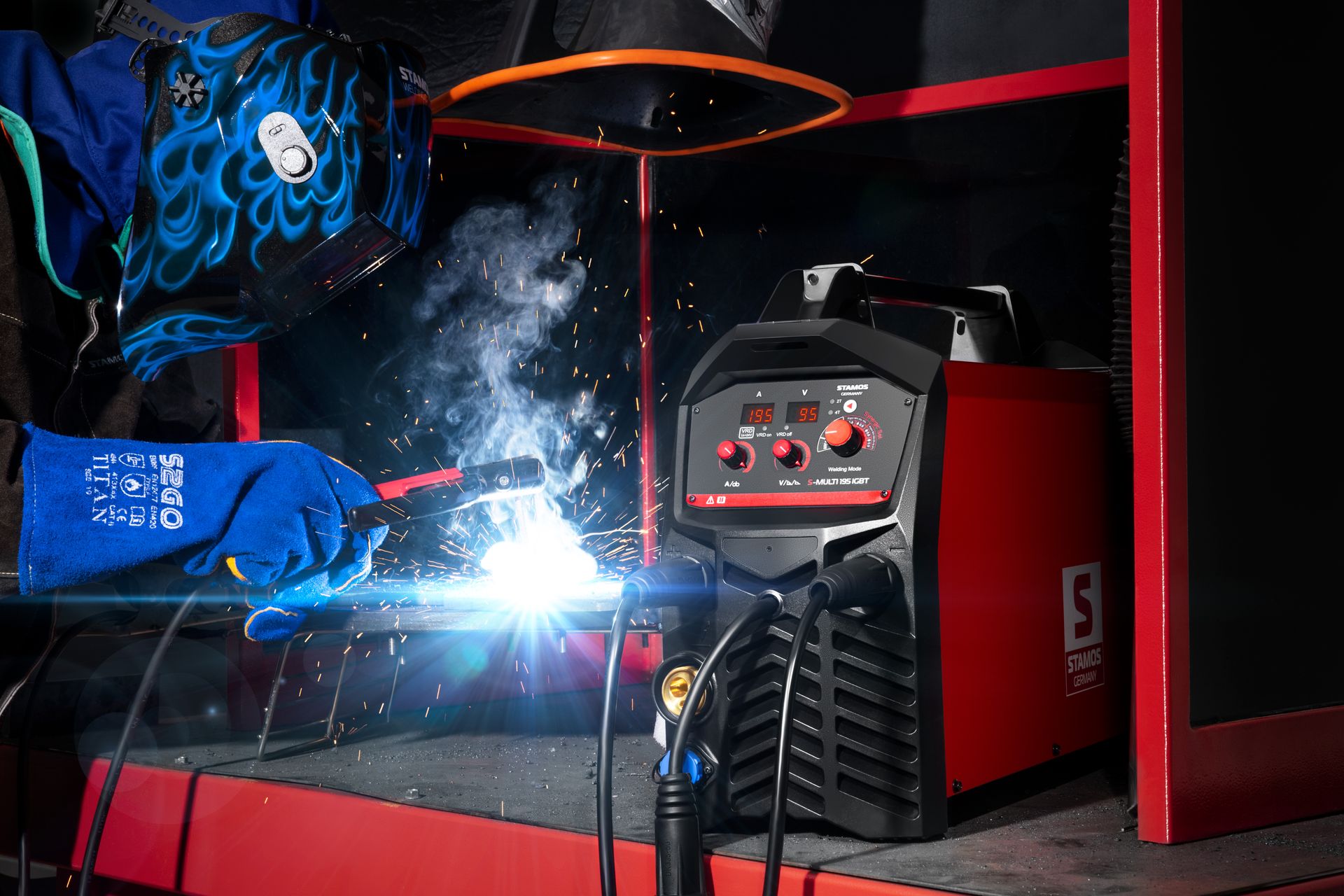
Whether repairing a fence, fixing a garden table or building a simple metal stand – a welding machine will come in handy each situation. Which type will be best for simple, everyday tasks? Which one will be appropriate for beginners?
How does a welder work?
If you are new to welding and don’t have any experience, you should first spend a moment to learn about the basic design and how to use welding machines. This will let you choose the right machine to start off with.
How does a welder work? Each type of welding machine differs operationally, but they have many common features in terms of their design. This includes such elements as:
- a power supply unit – a key component, responsible for the functioning of the machine,
- control systems – used to control the performance of the unit,
- a fixing cable for the electrode,
- an earth wire with a clamp,
- a cooling system – designed to prevent overheating of the welder.
What’s the best type of machine for beginners?
Which welder should you choose? You can choose from three basic types of machine:
- MIG/MAG welders – they operate using a consumable electrode shielded with inert or active gases,
- MMA inverter welders – which use a so-called coated electrode,
- TIG welders – these use a non-consumable electrode in an inert gas shield.
Which is the best welder for beginners? In this case MIG/MAG welders are generally recommended.
The MIG/MAG method uses an electrode in the form of a wire, which adheres to the melted welded metal when heated. This then forms a weld.
Shielding gas is used in this method to protect the weld pool from oxidation, which results in a higher quality and stronger weld, and also enhances corrosion resistance. In MIG welding, inert gases such as helium or argon are used. This lets you work on elements made of aluminium, magnesium, copper and other non-ferrous metals.
MAG welding is carried out in the shield of active gases or mixtures, for example carbon dioxide and argon. This, in turn, lets you join unalloyed, high-alloyed and low-alloyed steels.
MIG/MAG welding machines are recommended for beginners, as they are relatively easy to handle. The use of a consumable electrode that does not need to be fed from the outside makes the process easier.
Versatility is another advantage. MIG/MAG welders are used in industry, but are also good for home use. They can also be used to connect thicker metal elements. Yet another advantage is the low cost of consumables.
MMA inverter welders are also recommended for beginners. In this case, the weld is created by joining the electrode core and the material to be welded. The shield of the welding arc is created as a result of melting of the electrode coating. Due to the fact that the gas comes from the flux, unlike the case with MIG/MAG welders, a cylinder is not needed. Upon completion of work, you will need to remove the layer of slag that forms during welding.
MMA inverter welding machines are considered even better for beginners than MIG/MAG welders, where the wire feed rate is relatively fast. Working with an MMA welder requires smoothness, but is at the same time quite slow. This type of machine allows you to create more technical than precise welds compared to the MIG/MAG method, but mistakes are less troublesome and they are well suited for learning the basics and many simple applications.
TIG welders are the third most popular type of machine. How do they work? Welding takes place in an inert gas shield by creating an electric arc using a non-consumable electrode. The process also often uses an additional rod-shaped flux.
TIG welders allow you to connect even very thin elements and create high-quality welds, including artistic welds. These welds are also more durable. However, TIG welders are generally not recommended for beginners, as using them is quite tricky to master. Before learning TIG welding, it would be good to master the basics using MMA or MIG/MAG welding machines.
| Welders for beginners – small and advanced | Welders for more experienced professionals – for more precise tasks | Multifunction welder – for amateurs and professionals | |
| Model of welder | 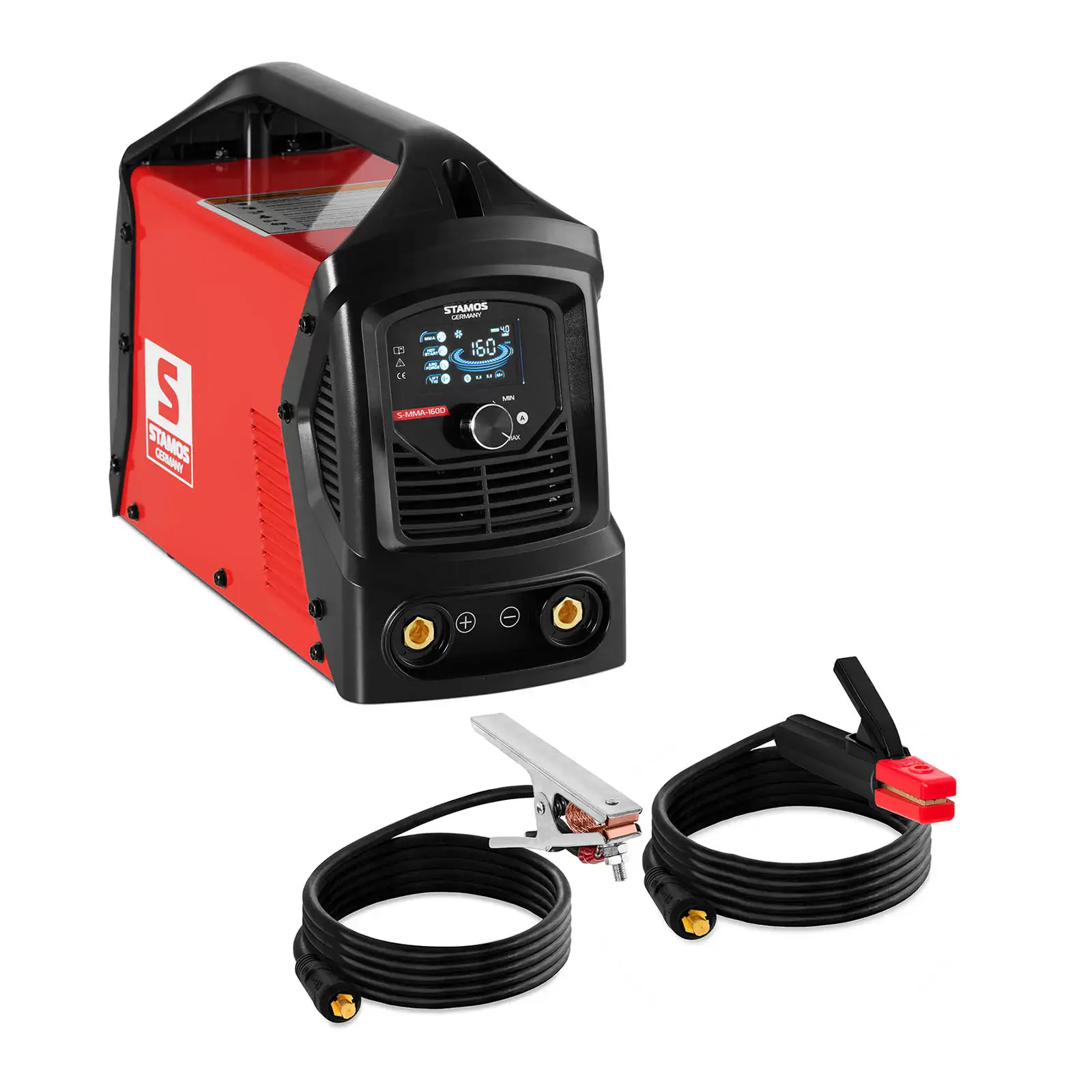 Stamos S-MMA-160D | 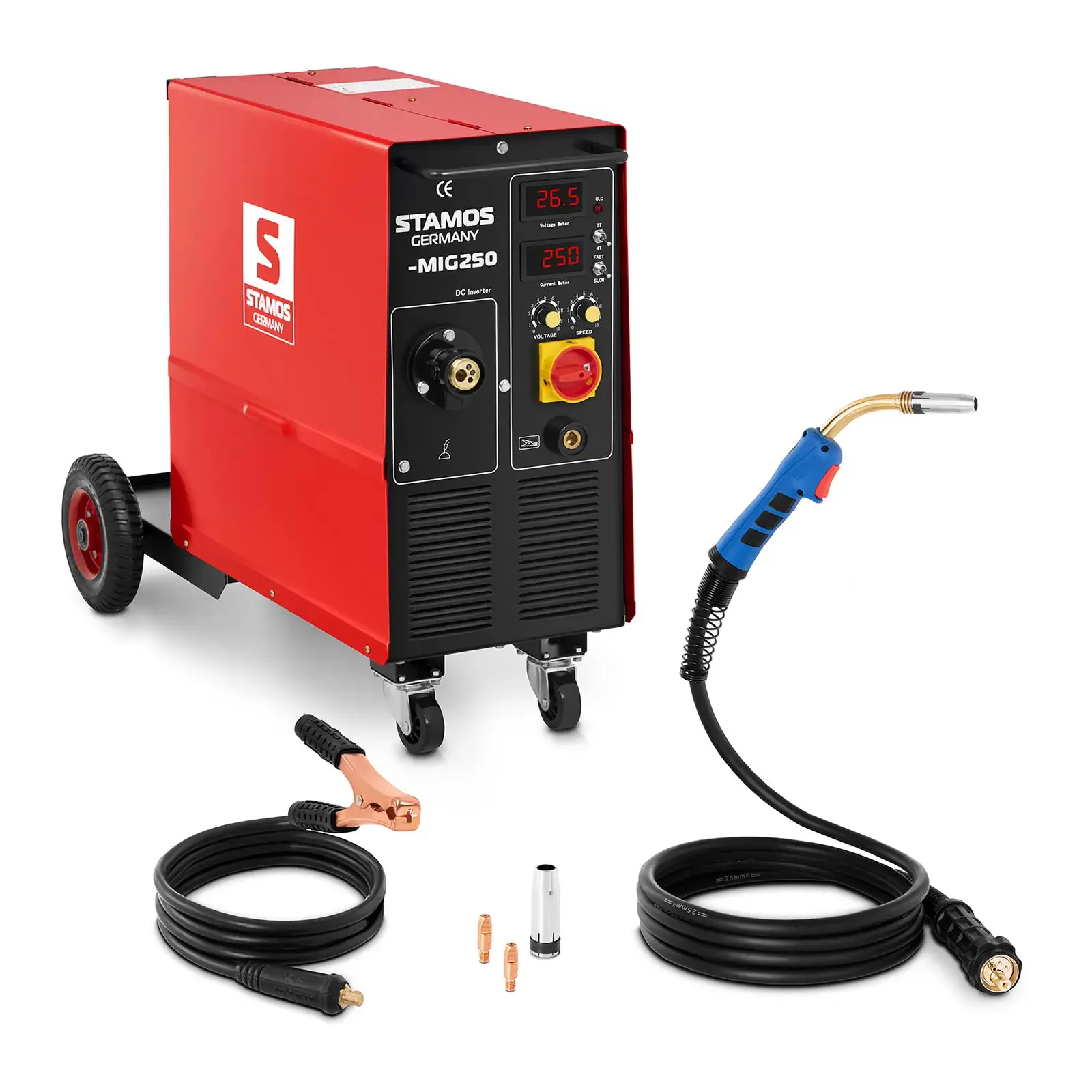 Stamos S-MIG 250 | 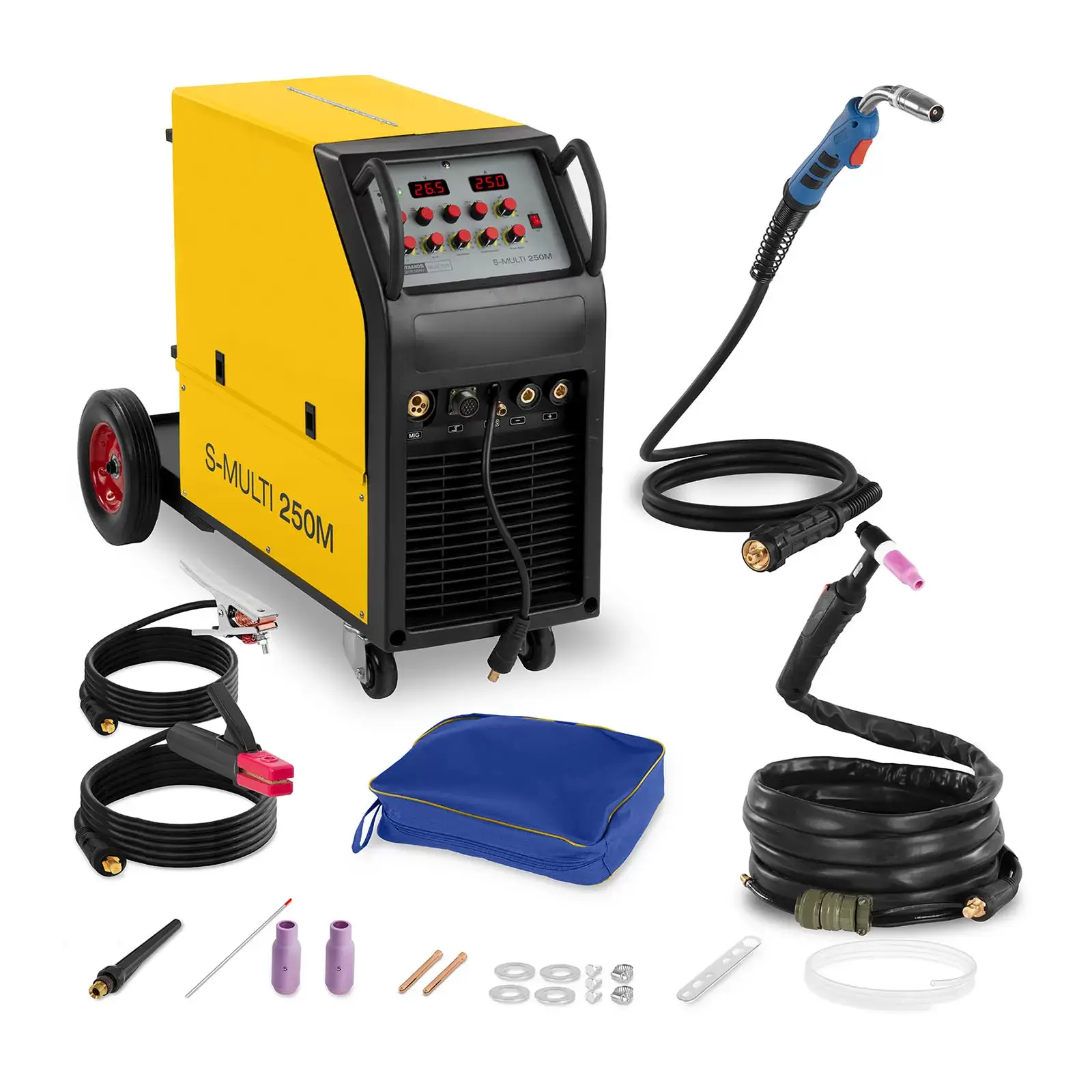 Stamos S-MULTI 250M |
| Type of welding | MMA | MIG/MAG | MIG/MAG / MMA / WIG / FCAW |
| Input voltage | 230 V | 400 V | 400 V |
| Nominal duty cycle | 30% (for 40°C) | 60% | 60% |
| Welding current at a duty cycle of 100% | 160 A | 194 A | 194 A (MIG), 178 A (WIG), 178 A (MMA) |
| Dimensions (LxWxH) | 40 x 22 x 30 cm | 86 x 29 x 67.50 cm | 101 x 45 x 75 cm |
| Weight | 5.80 kg | 42.22 kg | 49.70 kg |
| Additional features | Hot Start function, IGBT technology | 60% duty cycle at full 250 A, overheat protection, cart | Hot Start, Arc Force, Anti-Stick |
Which welder is good for home use?
Before deciding which welder to choose, check in advance what electrical system you have at home. Welding machines are powered by a single-phase 230V or three-phase 400V installation.
Three-phase networks are used in places where the use of powerful electrical equipment is more common. If you have an induction hob or use electric heating, you might have a 400V installation.
Many welding machine models can switch phases between 230 and 400V. Which welding machine will be good for home use? Models with a single-phase 230V power supply will be sufficient, and can easily be connected to any plug socket.
230V welding machines usually have amperage in the range of 150-250A. What does this mean in practice? This is the value of the welding current. The higher the value, the more possibilities you have, and the machine can be used to connect thicker elements. A welder for home use can have a welding current of up to 200A. This is enough for most DIY jobs.
The work cycle is also an important parameter. It shows the percentage of the time you can weld continuously over 10 minutes. For example, if the welder has a 60 percent work cycle, this means that after 6 minutes you will need to allow the device 4 minutes to cool down. Which welder is good for home use? Even models with lower work cycle values, in the 15-40% range, will allow you to do basic jobs. You don’t need to go for 60% work cycle models right away, as they are designed for more professional use.
Another important aspect to consider when choosing a welder for home use is the size of the device. Portable welding machines will be the best option, as they are relatively small and therefore easy to store. They don’t require using a trolley for transportation from where you keep them to your garden or garage.
Which type is best for beginners?
Which MIG/MAG welder should you buy? In addition to the above-mentioned parameters, such as the welding current, power supply method or size, ease of use is also worth taking into consideration.
In the case of MIG/MAG welding machines, the type of wire feeder is important. If you are a beginner, choose a model with a built-in rather than external feeder, the price of which may be higher than the welding machine itself. The internal feeder should have an adjustable feed rate and a shielding gas connection.
You should also look for equipment which allows you to easily change the settings, even wearing gloves. This will significantly increase the safety of your work. For similar reasons, machines with an overload indicator are also a good idea, as you’ll know when to stop working and let the welder cool down.
A good MIG/MAG welder for beginners will be one that lets you work using FCAW (Flux-Cored Arc Welding). This type of welder uses a special cored wire, also known as flux-cored wire.
Flux placed in the wire releases shielding gas when heated. Why is this important in the case of welders for home use? This will let you avoid storing gas cylinders.
Which inverter welding machine is good for beginners?
Before you choose an MMA inverter welder check the technology used to make it. If it uses IGBT bipolar transistors with insulated gates (Insulated Gate Bipolar Transistors), it will most likely be light and short-circuit proof.
What else should you pay attention to when choosing an inverter welder? The Hot Start function will come in handy, as the welding current will increase temporarily when the arc strikes, making it easier to initiate the arc.
Arc Force will also be an advantage. This function controls the dynamics of the welding arc, helping prevent short circuits and letting you create better welds.
Which welder should you choose? Summary
Which is the best welder for beginners? The most sensible choice for beginners will be an MMA inverter machine. It will not require a shielding gas cylinder and will allow you to work at a relaxed pace. In addition, MMA inverter welding machines are relatively cheap. Once you have gained some welding experience, consider a MIG/MAG welder, which is generally more versatile and offers many possibilities to weld metals.

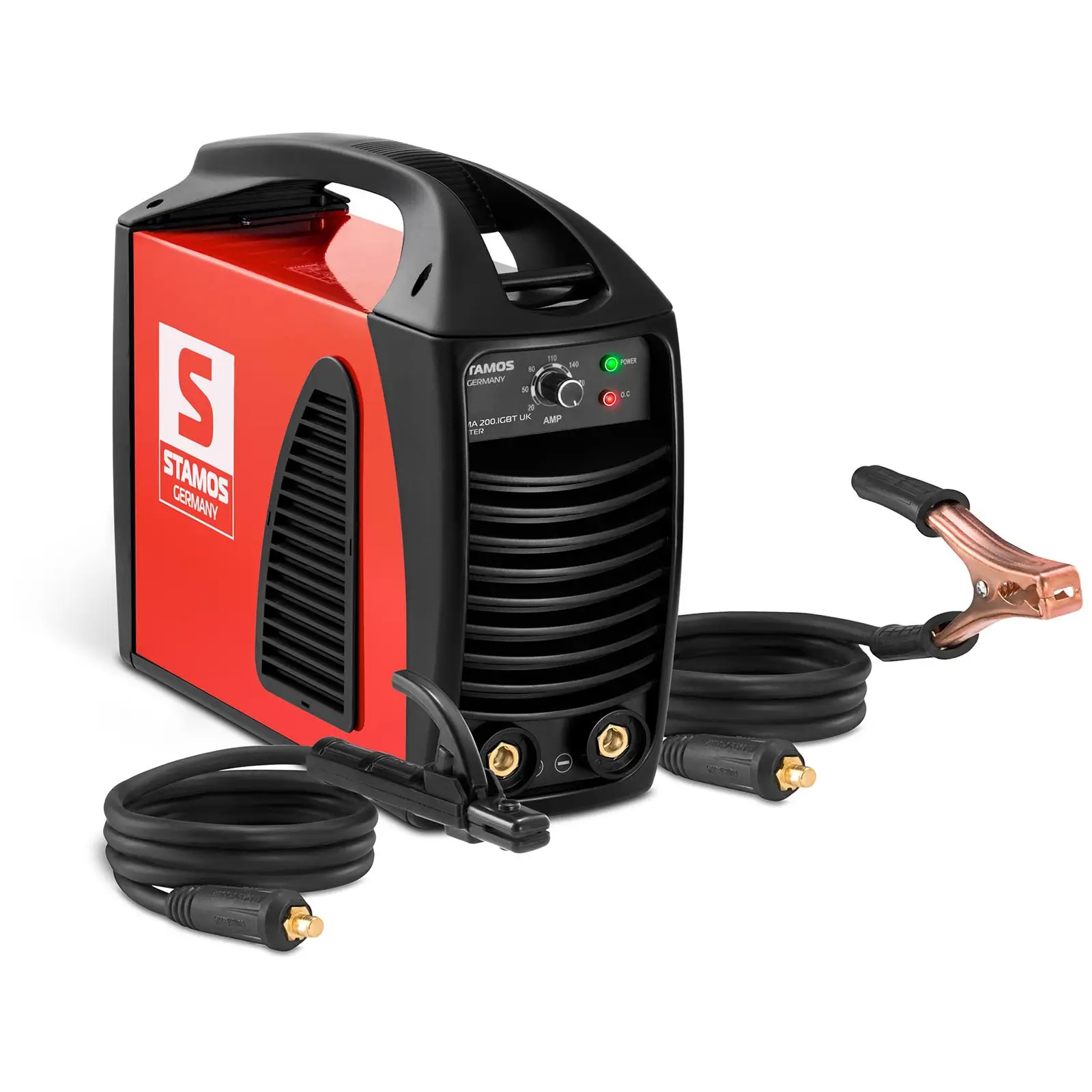


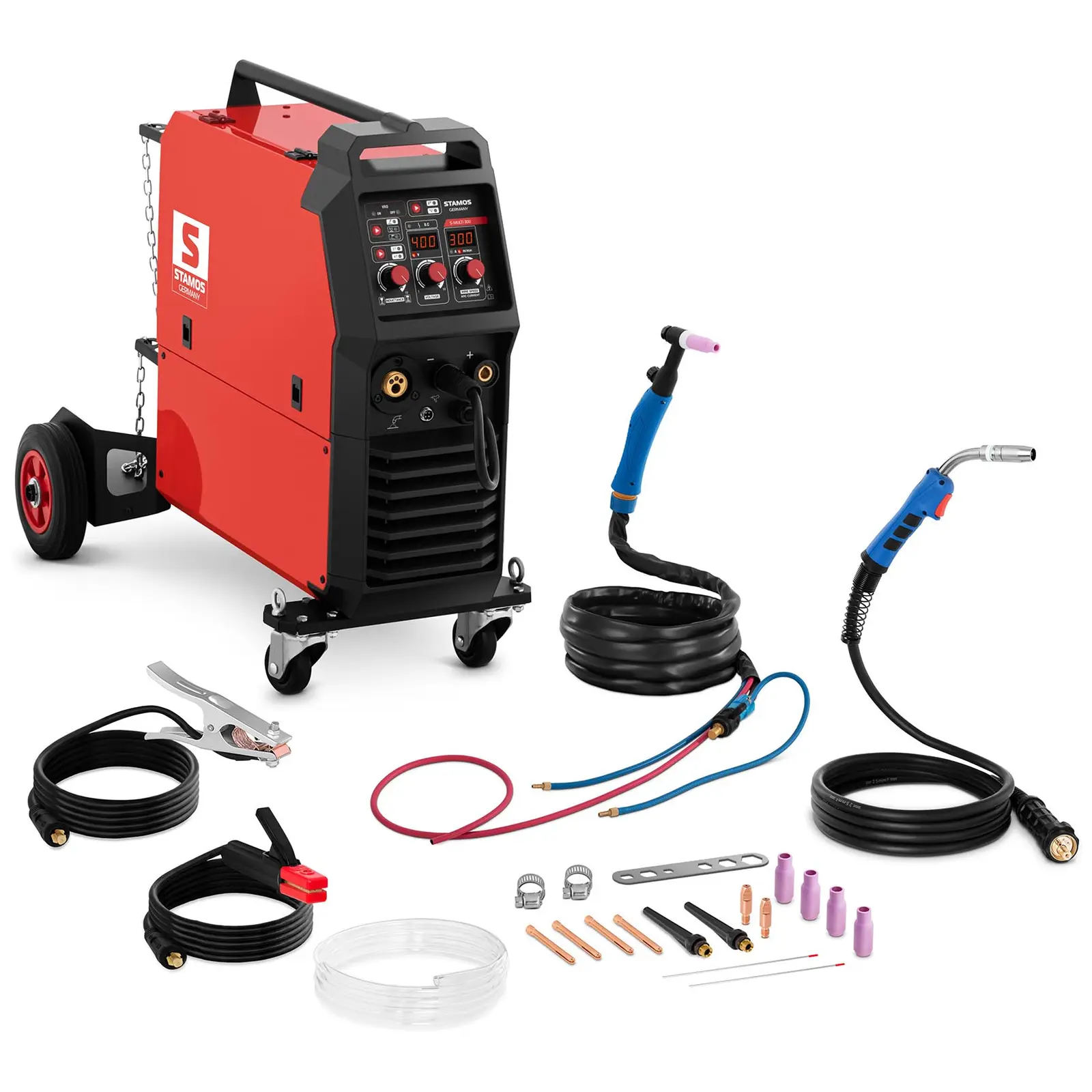
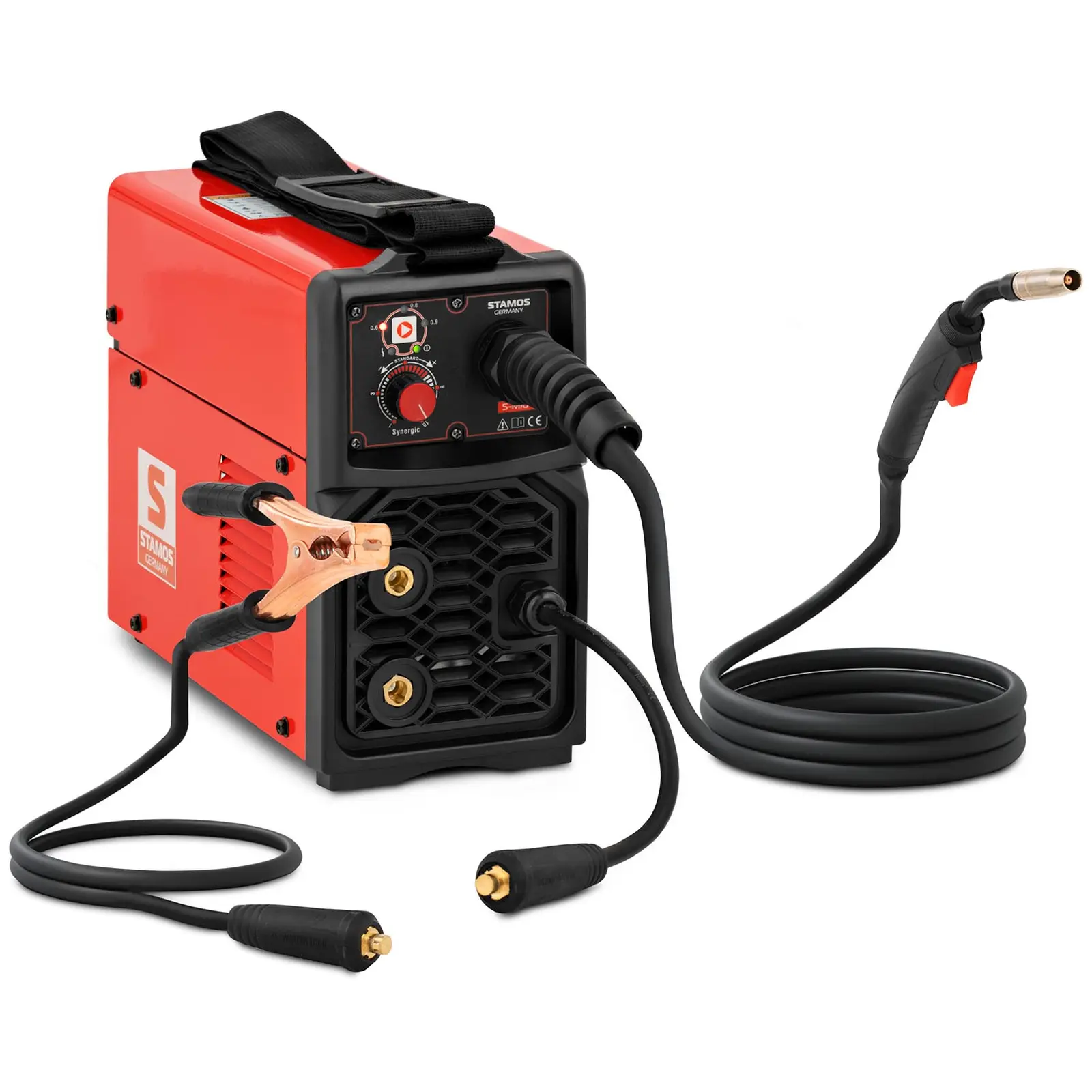
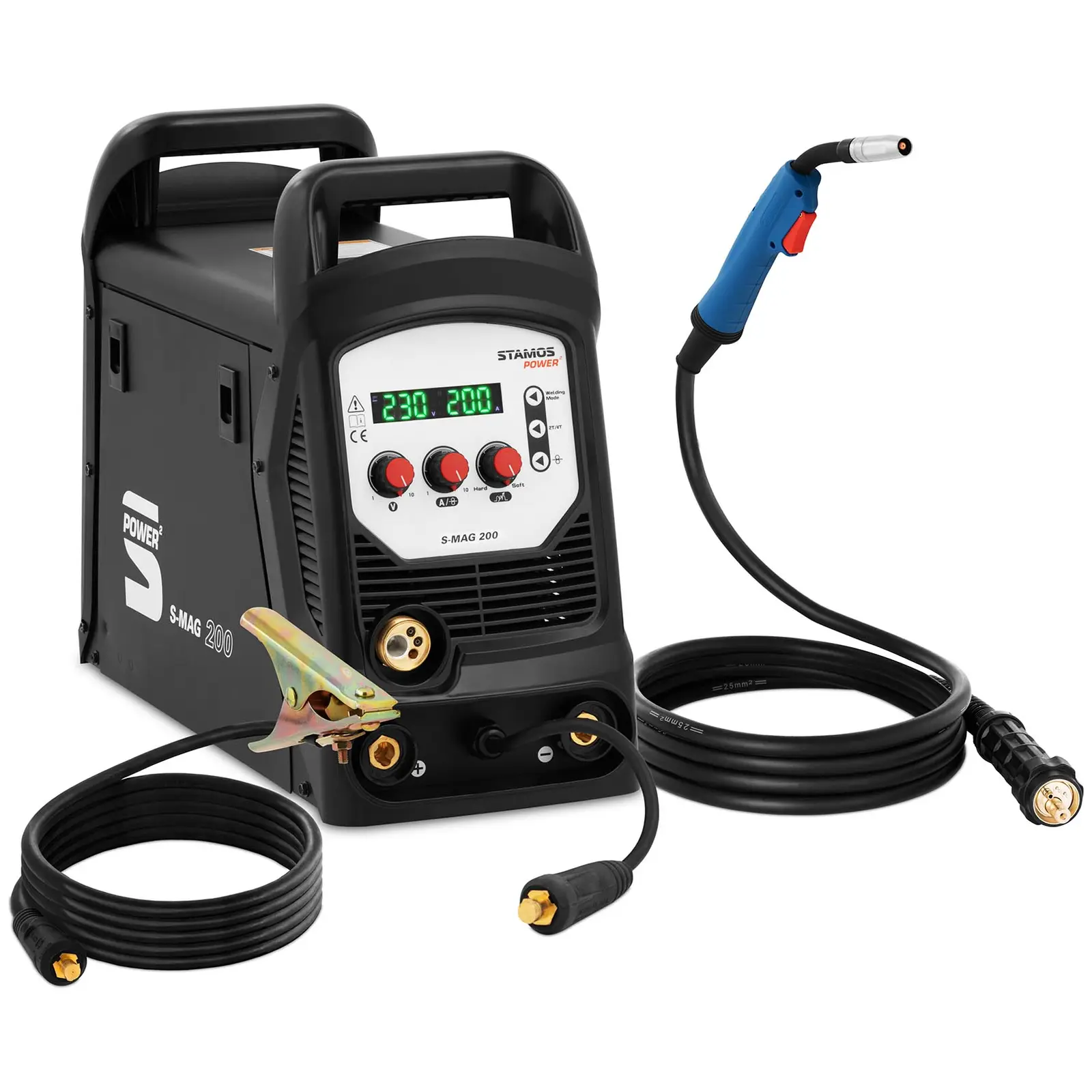

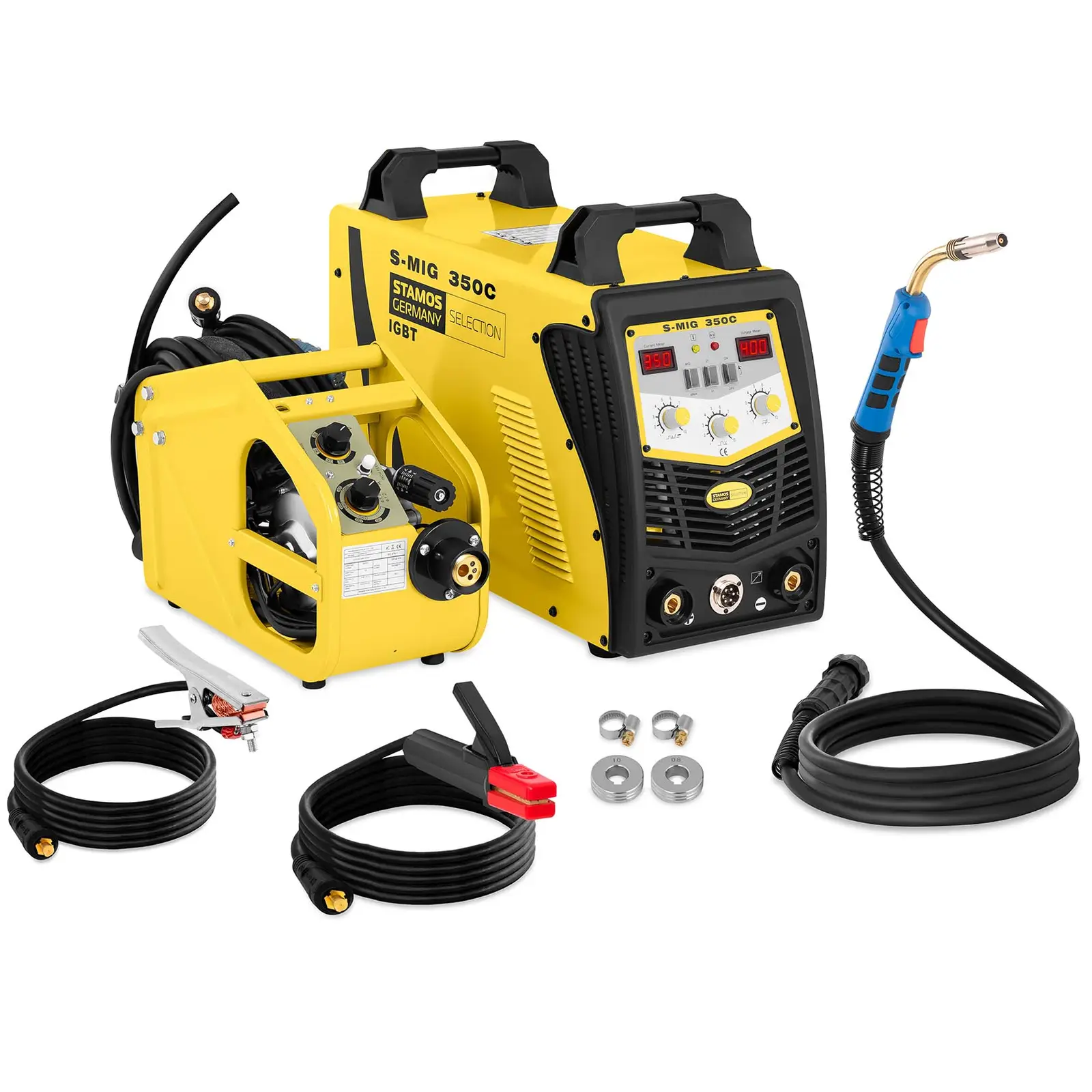
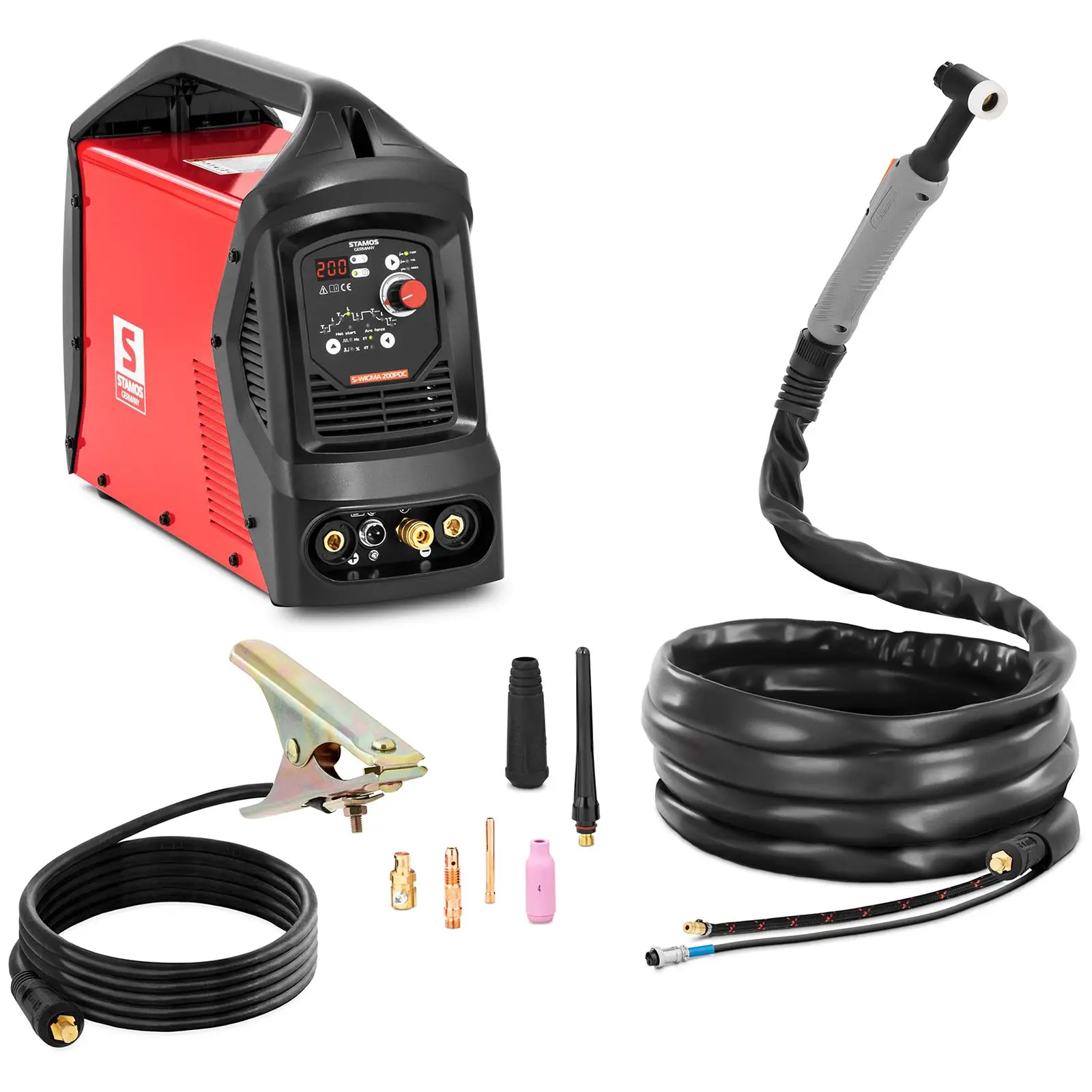
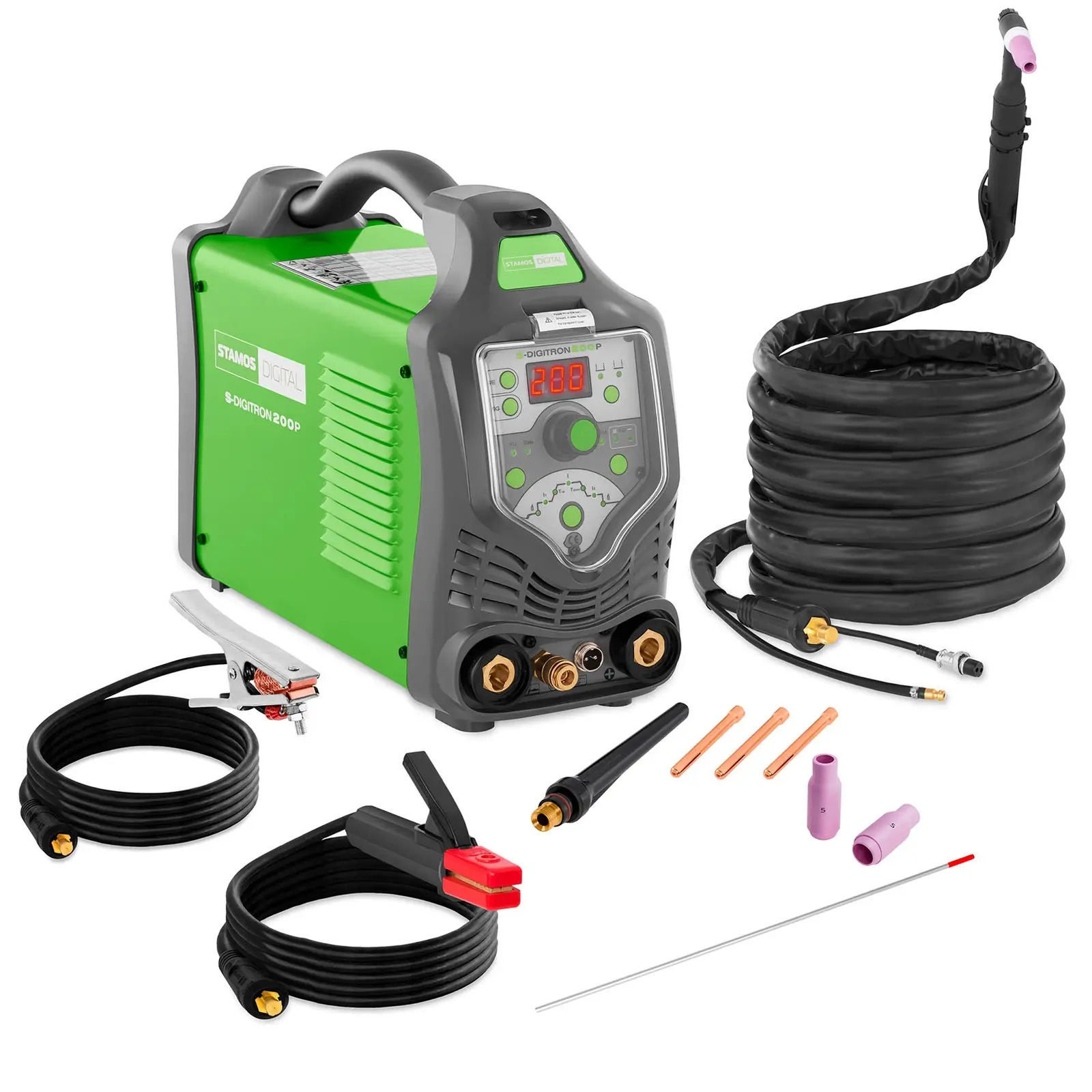
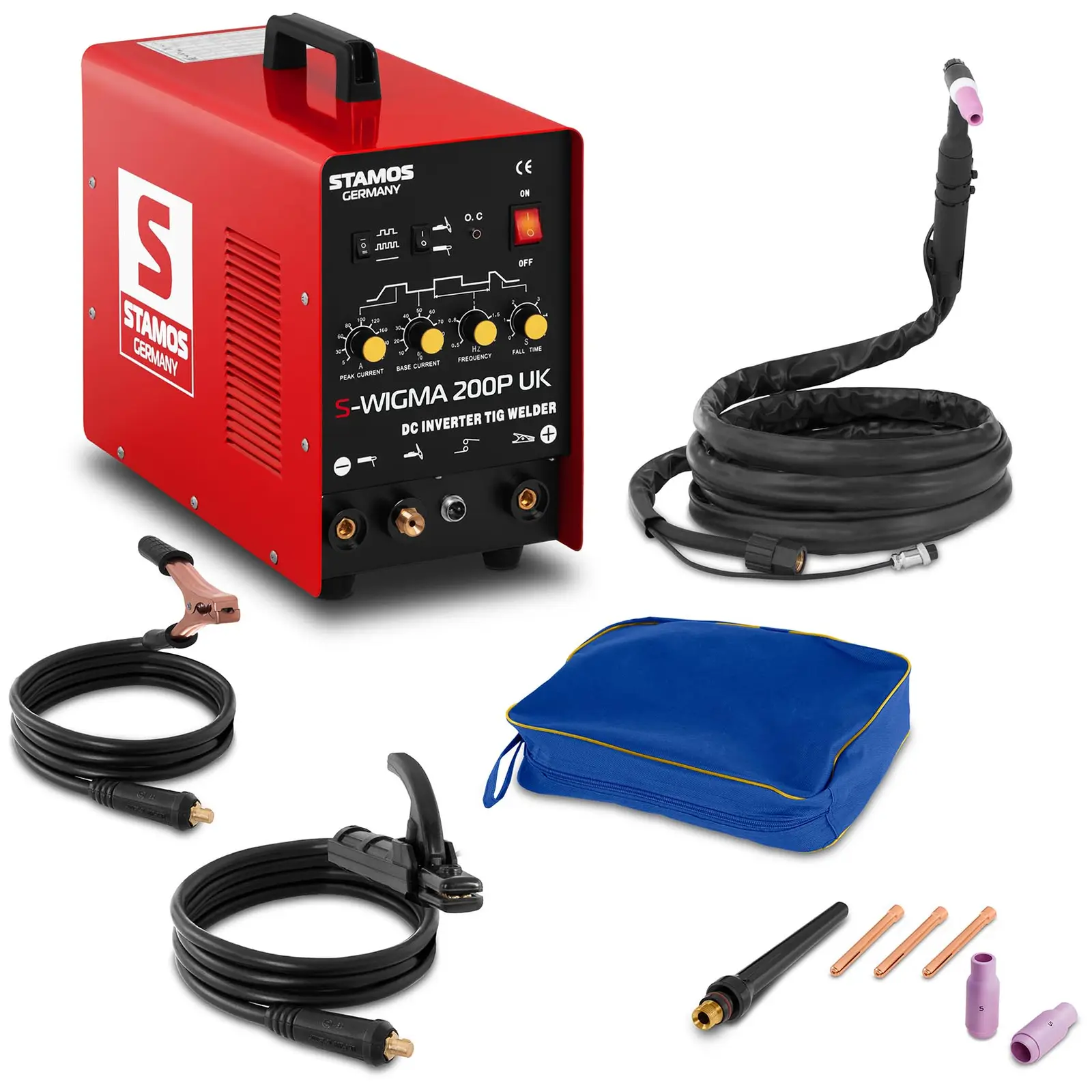
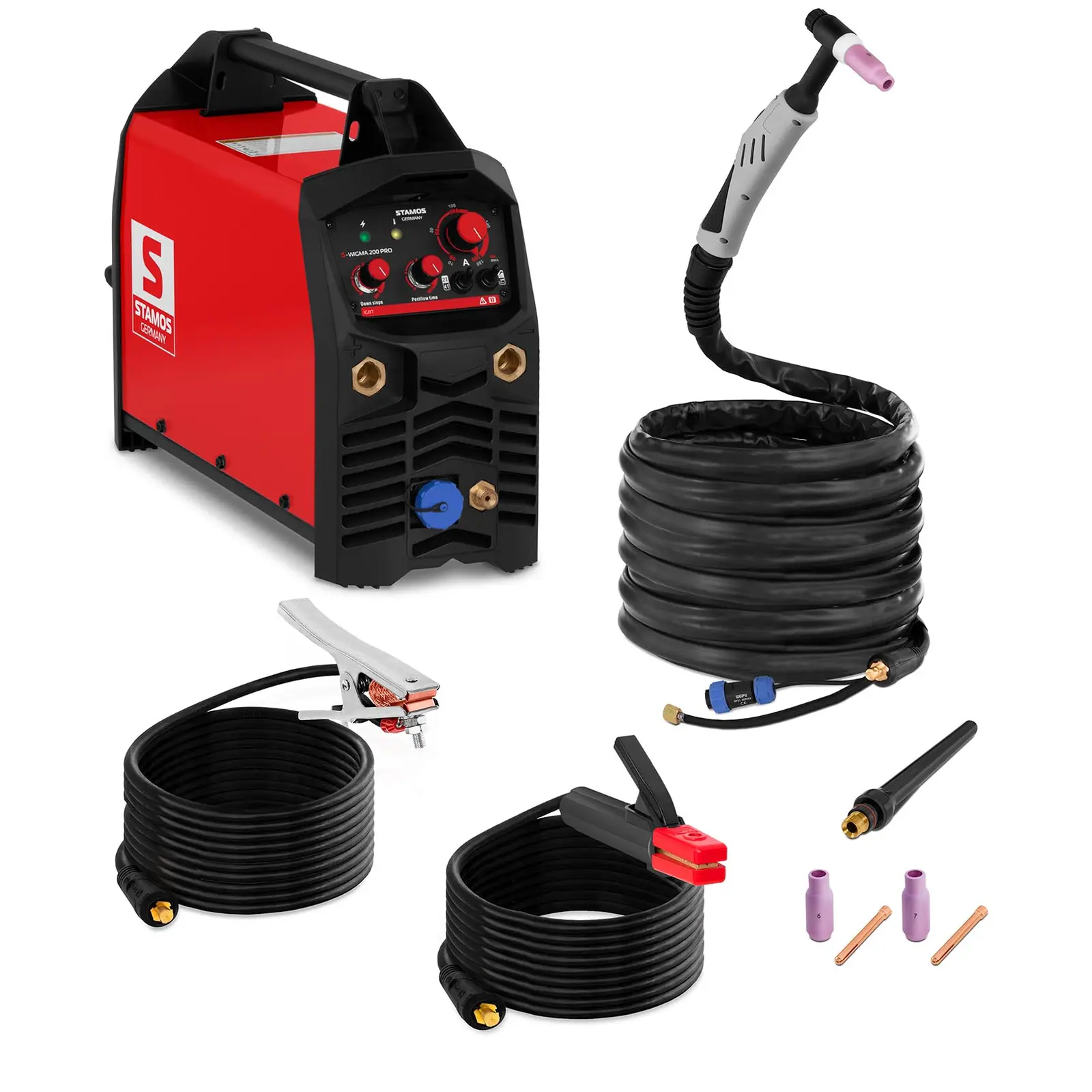


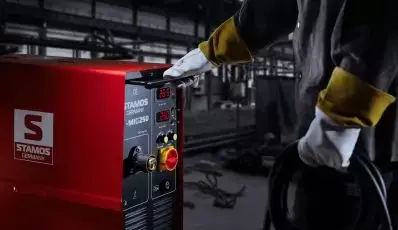
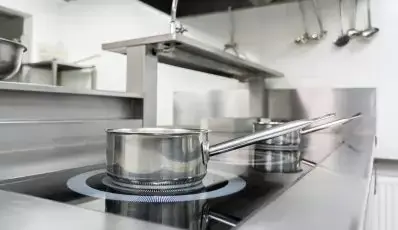

Share